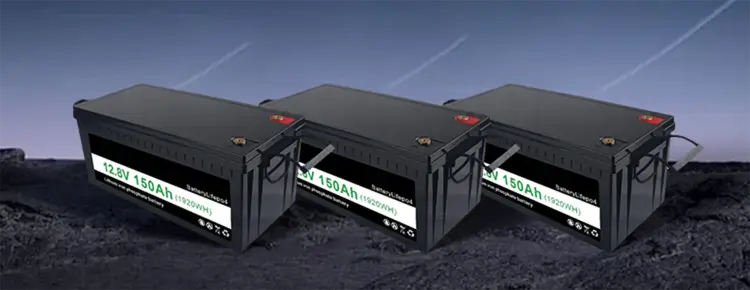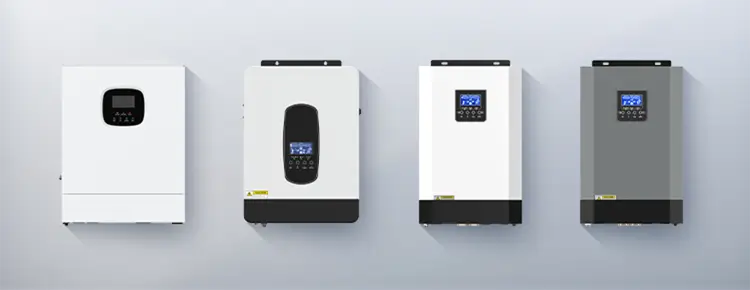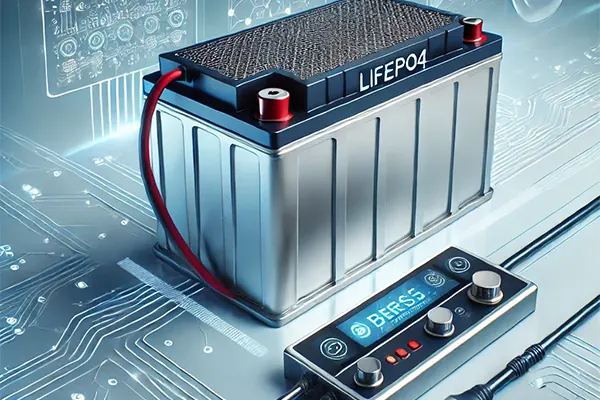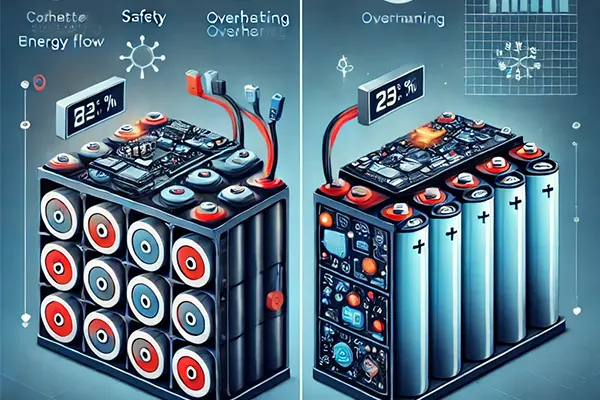



Blog
Hot Category
Latest Blog
07 Jan 2025
Eli
Lithium Iron Phosphate (LiFePO4) batteries are popular for their safety, long cycle life, and stable performance compared to other lithium-ion battery chemistries. However, when it comes to using a single LiFePO4 cell, questions often arise: Does it require a battery management system (BMS)? Is a balancer necessary? Let’s delve into the specifics to understand when and why these components are needed.
A Battery Management System (BMS) is an electronic system designed to monitor and protect a battery. For multi-cell configurations, it manages balancing, overcharge, over-discharge, and temperature control. Even for a single cell, a BMS may serve as a safeguard against extreme conditions that could harm the battery or the device it powers.
A balancer ensures that all cells in a battery pack have equal voltage levels. This is critical in multi-cell setups to prevent overcharging or over-discharging individual cells, which can lead to capacity loss or failure.
For a single-cell LiFePO4 battery, balancing isn’t a concern because there are no multiple cells to equalize.

A single LiFePO4 battery does not have balancing needs, as it consists of only one cell. However, the BMS serves other critical functions, which may or may not be necessary depending on the application:
LiFePO4 cells are sensitive to overcharging. The typical voltage range for a LiFePO4 cell is 2.5V to 3.65V. Charging beyond this range can damage the cell, reduce its lifespan, or even lead to thermal runaway in extreme cases. A BMS can cut off the charge when the voltage reaches 3.65V to prevent overcharging.
Discharging a LiFePO4 cell below 2.5V can also cause permanent damage. A BMS can prevent this by disconnecting the load once the cell reaches its minimum safe voltage.
In high-current or high-temperature applications, a BMS can monitor the cell to ensure it operates within safe parameters. It can prevent damage from short circuits, excessive current draw, or overheating.
The simple answer is no. A single LiFePO4 battery does not require a balancer because balancing is only relevant in multi-cell configurations. Without multiple cells to equalize, this function is unnecessary.

While a single LiFePO4 battery does not require a balancer, the need for a BMS depends on the application and level of risk tolerance. A BMS provides essential protections against overcharging, over-discharging, and other hazards, significantly enhancing the safety and longevity of the battery. If your application does not have alternative safeguards in place, incorporating a BMS is highly recommended.
For most users, the added security and convenience of a BMS outweigh the cost and complexity it adds. On the other hand, for experienced users in controlled environments, it may be possible to safely use a single LiFePO4 cell without one. Always consider the specific requirements and risks of your application when making this decision.